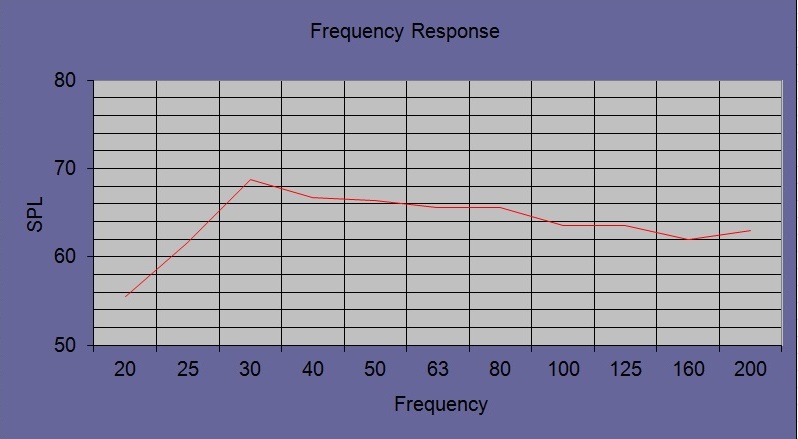 |
Audio Asylum Thread Printer Get a view of an entire thread on one page |
For Sale Ads |
 |
Audio Asylum Thread Printer Get a view of an entire thread on one page |
For Sale Ads |
158.222.164.209
In Reply to: RE: Estelon Diamond Mk2 posted by mark.korda@myfairpoint.net on December 02, 2024 at 15:15:33
>I went to John Atkinsons measurements and a graph caught my eye. There
was a big saddle at between 40 and 200Hz as John A. noted.I couldn't
understand John's explanation for this...<
I explained in the review, as I always do when discussing my loudspeaker
measurements, that the peak between 40Hz and 200Hz in the complex sum
of the nearfield responses of the midrange unit, woofer, and port is due to
the nearfield measurement technique, which assumes the baffle extends to
infinity in both planes. This means that the loudspeaker is firing into
hemispherical space rather than a full sphere, which boosts the low
frequencies. See the explanation at the link below. The Estelon's low-
frequency alignment is actually maximally flat.
John Atkinson
Technical Editor, Stereophile
Follow Ups:
How did you move that heavy speaker around? The pictures don't show any wheels.
Bill
John Atkinson, It will take me a few readings to fully understand that info you sent me.Thanks for doing that ,I'm slow. I wonder if the same goes on all the other reviews I've been reading all these years or just the Estelon. Elsewhere in tha mag. you mentioed owning the small KEF's.I have that issue from a while back and was astonished at the almost perfect frequency line,sans low bass how important is that line?Why did you keep 'em?Mark Korda
> I wonder if the same goes on all the other reviews I've been reading all
> these years or just the Estelon.
I have been measuring loudspeakers this way since I acquired the MLSSA
system in 1989: farfield, quasi-anechoic behavior above 300Hz spliced to
the complex sum of the nearfield outputs below 300Hz. There are reviews
of several hundred loudspeakers that were measured this way in the
review archive at www.stereophile.com.
> Elsewhere in tha mag. you mentioed owning the small KEF's. I have
> that issue from a while back and was astonished at the almost perfect
> frequency line,sans low bass how important is that line? Why did you
> keep 'em?
I bought a pair of the little KEFs following the review in Stereophile
and as I write in the January issue, they deliver almost all of what I
need, other than maximum loudness and extended low frequencies.
John Atkinson
Technical Editor, Stereophile
. . . "normalized to the tweeter axis response, which is therefore shown as a straight line."
This makes sense only when the on-axis response is extremely linear. But when it is highly "abnormal," as it is with many speakers you have measured, it makes very little sense. Why normalize the abnormal? Why not just show the ACTUAL measured off-axis response? Or just show the on and off-axis responses on a standard F vs SPL graph, as several other publications do? This would be more comprehensible, and far more useful.
his set of test assumptions simply don't work for large planars and he has acknowledged that:"As I have written before in these pages, measuring physically large speakers with in-room quasi-anechoic techniques is in some ways a fruitless task. The usual assumption, that the measuring microphone is very much farther away than the largest dimension of the speaker being measured, is clearly wrong ."
In the end, what you hear is in-room response where measurements (using Stereophile test discs) assisted speaker and bass trap placement in the critical Schroeder frequencies.
Third octave results:

Edits: 12/03/24
| FAQ |
Post a Message! |
Forgot Password? |
|
||||||||||||||
|
||||||||||||||
This post is made possible by the generous support of people like you and our sponsors: